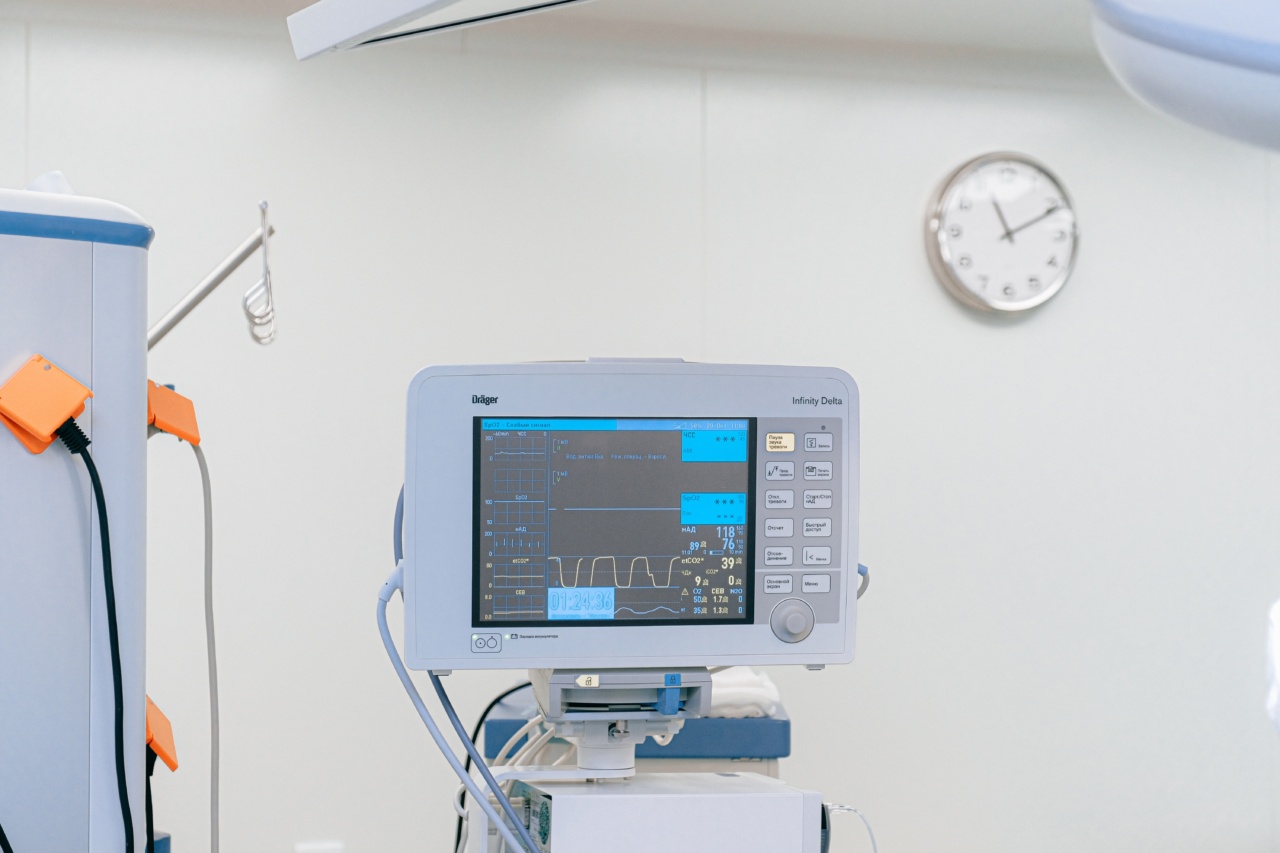Understanding the rhythm of your heart is crucial for maintaining good cardiovascular health. Monitoring your heart rate regularly can help identify any irregularities and potential health concerns.
In this article, we will discuss the normal heart rate ranges based on age and explore different methods to monitor your heart’s rhythm.
What is Heart Rate?
Heart rate refers to the number of times your heart beats per minute (bpm). It is an essential parameter that reflects the efficiency of your heart’s functioning.
A normal heart rate varies depending on your age, activity level, overall health, and other factors.
Normal Heart Rate Ranges by Age
The American Heart Association provides general guidelines for normal heart rate ranges based on age:.
- Newborns (0-3 months): 100-150 bpm
- Infants (3-6 months): 90-120 bpm
- Children (6-12 years): 70-100 bpm
- Adolescents (12-18 years): 60-100 bpm
- Adults (18+ years): 60-100 bpm
- Athletes: Athletes often have lower resting heart rates, typically between 40-60 bpm.
It is important to note that these are general guidelines, and individual variations may exist. If you have concerns about your heart rate, it is always advisable to consult a healthcare professional.
Methods to Monitor Your Heart’s Rhythm
There are several methods available to monitor your heart’s rhythm, ranging from simple manual checks to advanced wearable technology. Let’s explore some of these methods:.
1. Manual Pulse Check
A manual pulse check involves placing your fingers on specific locations where blood vessels are close to the skin’s surface to feel the pulsating rhythm. The most common locations to check your pulse are:.
- On your wrist, below your thumb (radial artery)
- On the side of your neck (carotid artery)
- At the crease of your groin (femoral artery)
Count the number of beats you feel within a 60-second timeframe to determine your heart rate. This method is simple and accessible to everyone.
2. Heart Rate Monitors
Heart rate monitors are electronic devices that measure your heart rate accurately. There are two main types:.
- Chest strap monitors: These are worn around the chest and detect heart rate through electrical signals. They provide accurate heart rate data and are popular among athletes and fitness enthusiasts.
- Wrist-worn monitors: These are wearable devices with sensors that measure heart rate through the skin. They are convenient and widely used for daily heart rate monitoring.
Heart rate monitors offer real-time data and can track heart rate trends over time, helping you analyze your heart’s rhythm more effectively.
3. Mobile Applications
In the current era of smartphones, numerous mobile applications offer heart rate measurement functionality.
These apps utilize the phone’s built-in sensors, such as the camera and flashlight, to track changes in blood flow and derive heart rate data. While they may not be as accurate as dedicated devices, they can still provide valuable insights into your heart’s rhythm.
4. Smartwatches and Fitness Trackers
Smartwatches and fitness trackers have gained popularity due to their ability to track various health parameters, including heart rate. These wearable devices use optical sensors to monitor your pulse continuously.
They provide comprehensive heart rate data along with additional features like activity tracking, sleep monitoring, and more.
5. Holter Monitor
If your healthcare provider suspects any underlying heart rhythm issues, they may recommend a Holter monitor test. The Holter monitor is a portable device that records your heart’s electrical activity continuously for 24-48 hours or even longer.
It helps detect any irregularities or abnormal rhythms that may occur during your daily activities.
When to Consult a Healthcare Professional
While heart rate variations within the normal range can be normal, certain situations warrant medical attention. Consult a healthcare professional if:.
- Your heart rate consistently falls outside the normal range for your age
- You experience symptoms such as chest pain, shortness of breath, dizziness, or fainting
- You have a known heart condition or a family history of heart problems
- You notice significant changes in your heart rate without any apparent cause
Regular heart rate monitoring combined with self-awareness and knowing when to seek medical advice can help prevent potential heart-related complications.



























